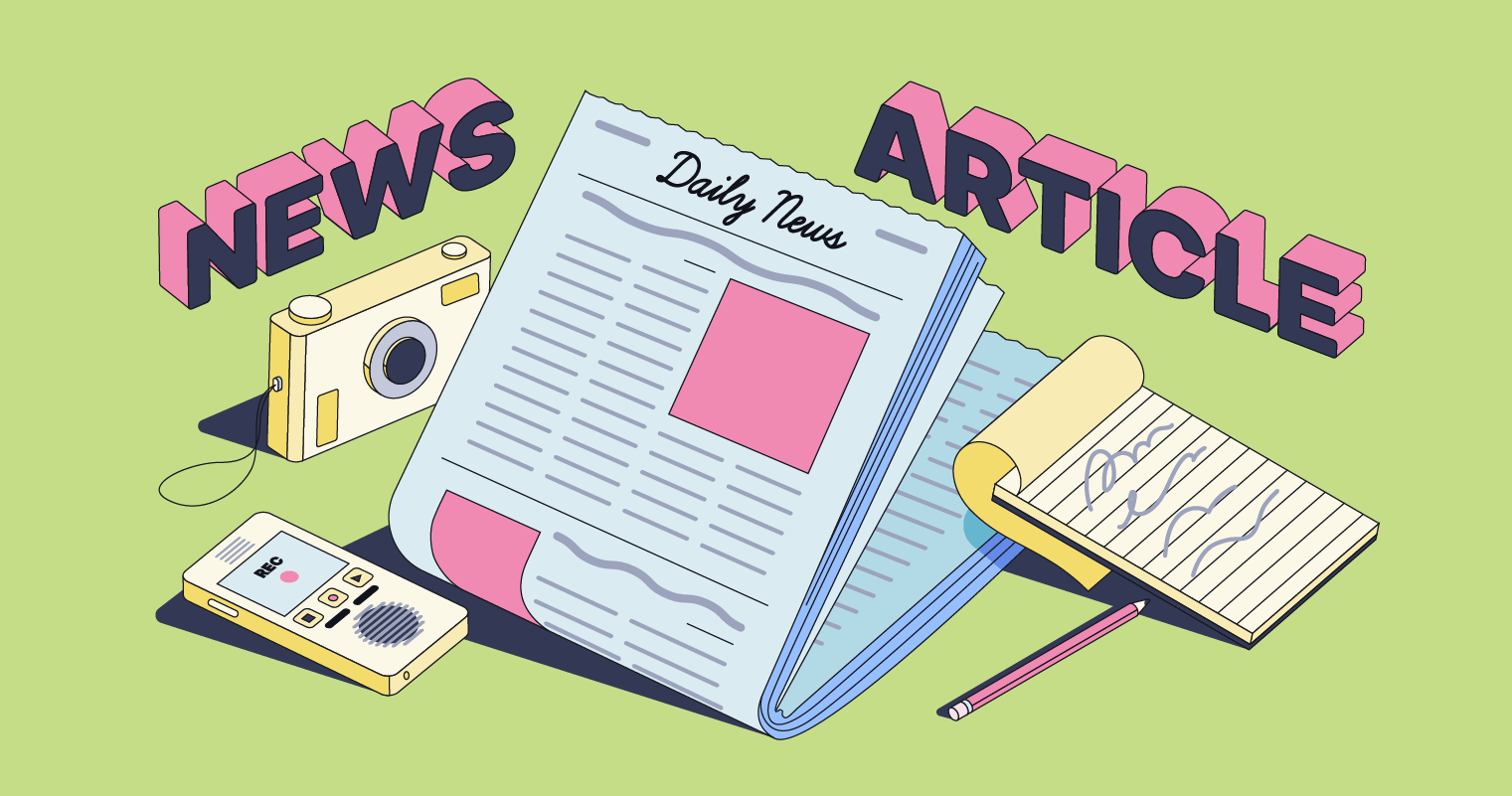The Main Principles Of News Articles
Table of ContentsGetting The News Articles To WorkSome Known Questions About News Articles.The smart Trick of News Articles That Nobody is Talking AboutIndicators on News Articles You Need To KnowThe 9-Minute Rule for News Articles
Good understanding of different topics gives trainees an one-upmanship over their peers. Even though electronic and social media are easily obtainable, we need to not fail to remember just how vital it is to check out the papers. Parents need to try and inculcate the practice of reviewing a newspaper as a day-to-day routine to continue the heritage of the revered print medium.Information tales also include at the very least one of the complying with vital characteristics family member to the designated target market: closeness, prestige, timeliness, human passion, peculiarity, or effect.
Within these restrictions, information stories also aim to be thorough. Among the larger and much more revered newspapers, fairness and equilibrium is a significant element in providing info.
Newspapers with an international target market, for instance, have a tendency to use an extra formal design of writing. The certain options made by a news electrical outlet's editor or content board are frequently collected in a style guide; common style guides consist of the and the US Information Style Publication. The major objectives of information writing can be summarized by the ABCs of journalism: precision, brevity, and quality.
Get This Report about News Articles
As a policy, reporters will not use a long word when a brief one will do. They use subject-verb-object building and vivid, energetic prose (see Grammar). They use stories, instances and metaphors, and they rarely depend on generalizations or abstract ideas. News writers try to avoid using the exact same word extra than as soon as in a paragraph (sometimes called an "echo" or "word mirror").
Nevertheless, headlines often omit the topic (e.g., "Jumps From Watercraft, Catches in Wheel") or verb (e.g., "Feline lady lucky"). A subhead (likewise subhed, sub-headline, subheading, subtitle, deck or dek) can be either a subordinate title under the main heading, or the heading of a subsection of the write-up. It is a heading that comes before the main message, or a team of paragraphs of the primary text.

Extra signboards of any of these types may show up later in the post (especially on succeeding pages) to tempt further analysis. Such billboards are additionally used as reminders to the post in other sections of the magazine or site, or as promotions for the piece in various other magazine or websites. Typical framework with title, lead paragraph (recap in strong), various other paragraphs (details) and contact details.

Example of a hard-lead paragraph NASA is proposing another room task. The budget plan requests approximately $10 billion for the job.
The NASA statement came as the firm asked for $10 billion of appropriations for the project. An "off-lead" is the 2nd essential front web page news of the day. The off-lead appears either in the leading left edge, or directly listed below the lead on the. To "bury the lead" is to start the article with background details or details of second value to the visitors, compeling them to review more deeply into a write-up than they must have to in order to uncover the necessary points.
The Main Principles Of News Articles
Common usage is that a person or 2 sentences each form their own paragraph. Journalists typically explain the company or framework of a look these up newspaper article as an upside down pyramid. The vital and most fascinating aspects of a story are put at the start, with sustaining info complying with in order of decreasing value.
It permits people to explore a subject to only the deepness that their inquisitiveness takes them, and without the charge of information or subtleties that they can consider unnecessary, yet still making that information available to more interested readers. The upside down pyramid framework additionally makes it possible for posts to be trimmed to any type of approximate length throughout format, to fit in the area readily available.
Some writers begin their tales with the "1-2-3 lead", yet there are lots of type of lead available. This layout usually begins with a "Five Ws" opening up paragraph (as explained above), complied with by an indirect quote that serves to sustain a major element of the initial paragraph, and afterwards a direct quote to sustain the indirect quote. [] A read what he said twist can describe several points: The last story current program; a "delighted" story to finish the show.
Longer posts, such as publication cover short articles and the items that lead the inside areas of a paper, are known as. Function tales differ from straight information in several ways.
How News Articles can Save You Time, Stress, and Money.
A feature's very first paragraphs typically associate a fascinating minute or occasion, as in an "unscientific lead". From the details of an Click Here individual or episode, its view quickly widens to generalizations concerning the tale's topic.

The Editor's Toolbox: A Reference Overview for Beginners and Professionals (2001) Allan M. Siegal and William G. Connolly. The New York City Times Manual of Style and Usage: The Authorities Style Guide Made Use Of by the Writers and Editors of the World's Many Reliable Paper (2002) M. L. Stein, Susan Paterno, and R.
Comments on “Little Known Facts About News Articles.”